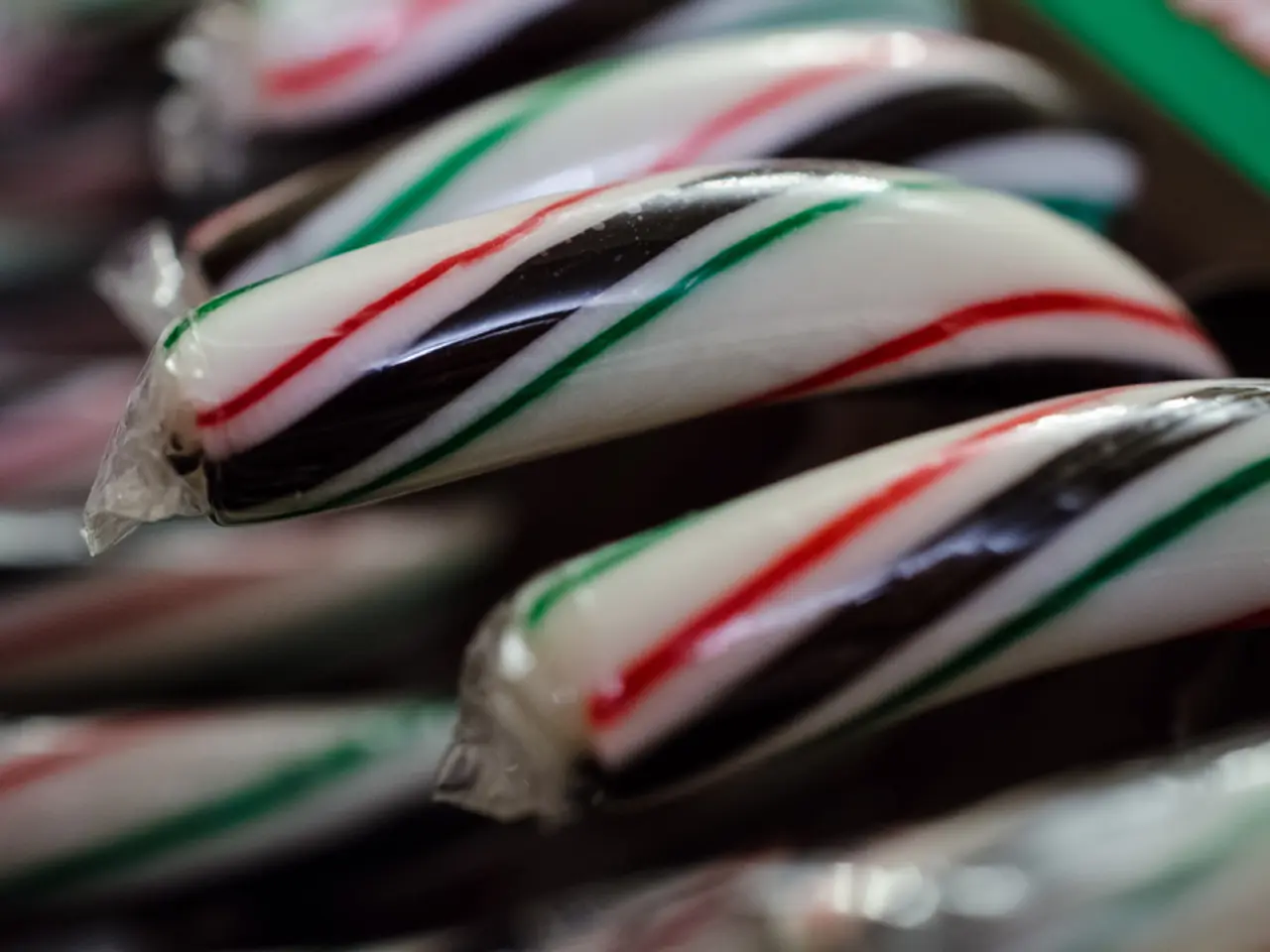Plummeting Cocoa Prices due to Anticipated Abundant Production Levels
In the world of cocoa, prices have remained high due to a complex interplay of factors, including tariff exemptions, production levels, weather conditions, and demand.
Tariff Exemptions and Supply Impact
While the direct impact of tariff exemptions on cocoa prices is not yet clear, supply constraints remain a primary driver. The potential exclusion of cocoa from President Trump's tariffs has contributed to speculation that prices may decrease, but this has yet to be fully realized.
Production Levels
Production forecasts show an increase in cocoa output, with Ghana projecting an 8.3% year-on-year rise to 650,000 metric tons for the 2025/26 season. However, structural challenges like underinvestment persist, limiting a full recovery of supply. Export data from the Ivory Coast, the world's largest cocoa producer, reveals a slowing export rate growth, which is a factor pressuring supply tightness.
Weather Conditions
Weather remains a critical factor. West Africa is experiencing drier and hotter weather than the 30-year average, negatively affecting cocoa pod development ahead of the main October harvest. This adverse weather has contributed historically to price spikes by limiting yields and causing crop diseases, such as black pod rot.
Demand and Market Trends
Demand has remained robust, contributing to elevated prices through late 2024 into early 2025. However, recent data from chocolate maker Lindt & Spruengli AG indicates a larger-than-expected decline in first-half chocolate sales, which could potentially dampen demand and put downward pressure on cocoa prices.
Price Forecasts
The World Bank forecasts a 9% increase in cocoa prices over 2025 due to tight carryover stocks and incomplete supply recovery. However, some forecasts anticipate price normalization in 2026, predicting cocoa prices to pull back to a range of approximately $8,770 to $10,222 per metric ton depending on weather outcomes. Longer-term forecasts by algorithmic models suggest a bullish trend, with prices rising substantially through 2030.
As of early August 2025, cocoa prices are around $8,211 per metric ton, with expectations to moderately increase to around $10,080 within a year. The outlook remains sensitive to weather patterns and export rates, with tariff effects less explicitly detailed but likely influential within the broader supply-demand balance.
Additional Factors
Recent data shows that Ivory Coast farmers shipped 1.75 MMT of cocoa to ports this marketing year from October 1 to July 27, up +6.1% from last year but down from the much larger +35% increase seen in December. The International Cocoa Organization (ICCO) has revised the 2023/24 global cocoa deficit to -494,000 MT, the largest deficit in over 60 years.
According to the European Centre for Medium-Range Weather Forecasts, rainfall in the Ivory Coast and Ghana this season remains below the 30-year average. The 2023/24 global cocoa stocks-to-grindings ratio declined to a 46-year low of 27.0%, according to ICCO. ICE-monitored cocoa inventories in US ports reached a 10.5-month high of 2,368,141 bags last Tuesday.
Quality concerns regarding the Ivory Coast's mid-crop cocoa have led to rejections of truckloads of beans, with about 5% to 6% of the crop reported as poor quality. The poor quality of the Ivory Coast's mid-crop is partly attributed to late-arriving rain in the region, which limited crop growth. Concerns about dry weather in West Africa are bullish for cocoa prices. The average estimate for this year's Ivory Coast mid-crop is 400,000 MT, down -9% from last year's 440,000 MT.
- After the speculation about potential tariff exemptions for cocoa, some might wonder if there could be a connection between presidential policies and sports, considering that tariffs are analogous to rules or regulations in sports, guiding the flow of goods much like rules govern player actions.
- The steady demand for cocoa, much like the persistence and teamwork required in sports, has helped keep prices high and has been a contributory factor to the ongoing price volatility in the cocoa market.








